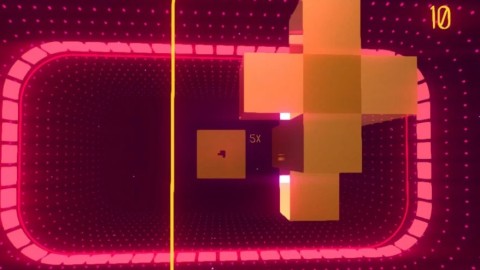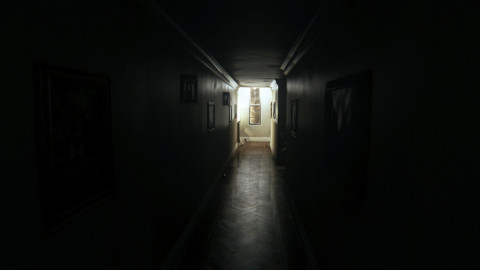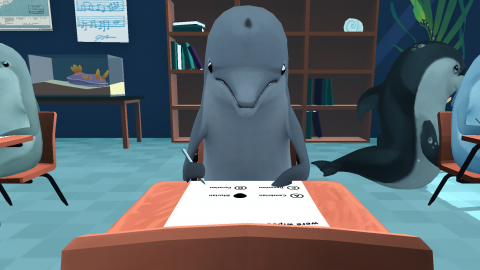
SUPERHYPERCUBE finds common ground between Tetris and Blade Runner
VR had me skeptical, but then again, I’m pretty much always skeptical of new gaming technology. Similarly, when Microsoft’s Kinect rolled around, so too did my eyeballs, right into the back of my skull. I can lazily holler at my Xbox to turn on? Big deal. With VR, I could scan my entire surroundings and yet stay encompassed in another dimension? So what. My perception of VR was comparable to what the editors at Time thought when putting the creator of the Oculus Rift on their cover in that goofy pose: that VR was probably silly. Then I played a…







